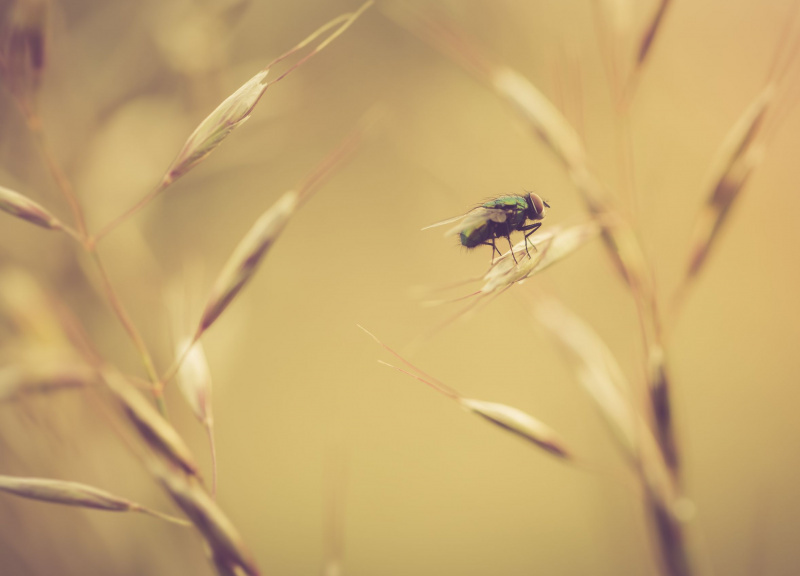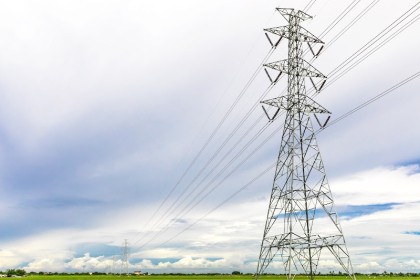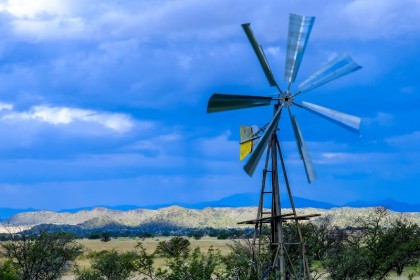
Bio-Insectaries South Africa (Bisa) For your Eco-Friendly Pest Control
Bio-Insectaries South Africa (Bisa) For your Eco-Friendly Pest Control
BIO-INSECTARIES SOUTH AFRICA (BISA) is a Close Corporation which was established in 2005 with the main purpose of commercializing biological fly control technology in South Africa.
A modern, well equipped Insectary near Jeffreys Bay was established to produce parasitized fly pupae for distribution to a wide variety of livestock related enterprises in South Africa. The BISA insectarium is managed by the Entomologist, Willem du Toit and his wife Tertia du Toit with years of experience of insect breeding under South African conditions.
BISA has close ties with the National Wool Growers Association of South Africa and has expanded its product range to include the Luci-trap biological sheep blow-fly control system and Nylon Wool packs for packing of wool for the South African and global markets.
BISA has seven shareholders with a Board of Directors managing the general affairs of the business.
Biological Fly Control
- Know your enemy the fly
- Know your friend the parasitoid
- Directions for use
- Integrated fly control program
- Frequently asked questions
Luci Trap
Blowfly attacks cost the country approximately R 40 million a year. An ewe that has been attacked by blowflies will not mate easily and will produce less wool of a lower quality. She will also have to receive high cost individual treatment.
Lucilia cuprina Blowfly
The Lucilia cuprina is the most important attacking blowfly in South Africa.
The primary target they attack are live wool sheep that serve as a good source of protein for their larva.
Blowfly eggs hatch within 8 hours after its been laid.
The larva immediately starts feeding on the skin's surface and leaves behind a distinct smell which inturn attracts secondary blowflies.
The secondary flies cause the most damage, eating into the sheep.
After approximately 3 to 4 days the larva develops into a cocoon, there after it falls off the sheep.
Under ideal humid circumstances at a temperature of about 10 C, an adult blowfly can hatch 6 days after the cocoon fell off the sheep.
Days later the females will start laying eggs.
Lucilia cuprina lay about 1000 to 3000 eggs in their lifetime of about 21 days.
Blowfly control with Lucitrap
The Lucitrap product was developed by the Australian Department of primary industry and the Queensland University.
Elsenburg evaluated the traps under local conditions in South Africa. Investigations showed that the blowfly population could be successfully suppressed by the system.
The goal with the traps are to suppress the seasonal population explosion and to limit the use of harmful chemicals.
The trap is designed to attract and catch specifically the primary strike blowfly. Under local conditions 96% of the blowflies caught are Lucilia cuprina's, the primary blowfly.
Important:
The product is 100% environmentally friendly and there is no way that the parasite can build up an immunity against it. The blowflies are lured inside the trap through holes in the lid and dies of dehydration within hours. The product was developed to limit chemical pollution and to enhance the marketability of wool. It is an essential instrument and meets the European market requirements.
NYLON WOOL PACKS
To stay competitive in the world market, it is imperative that South African wool, in line with global trends should be marketed in Nylon wool packs. The South African Wool Industry has taken a stand on this issue and decided that only nylon packs would be acceptable as from July 2007.
Conventional nylon packs available to S.A. producers are imported and are sold at relatively high prices. A weakening Rand will in time push up wool pack prices even further.
For this reason, Natwool Trust and BISA joined forces with South African manufacturers to develop and manufacture a South African Nylon wool pack. This initiative was a great success. The Natwool/BISA wool pack has been tested rigorously in practice and performed very well. It was also tested by the S.A.Wool Testing Bureau and results indicate the pack to surpass all the strength requirements as per SABS 1860 for Nylon Wool packs. The dimensions of the pack is aimed at ease of handling and is in line with industry requirements for trouble free handling of wool packs.
Thousands of packs have already been used in the 2006/2007 season and clients expressed their satisfaction with the packs in all aspects.
Wool packs produced in South Africa for South Africa!!
For other agricultural products and services, click here.












